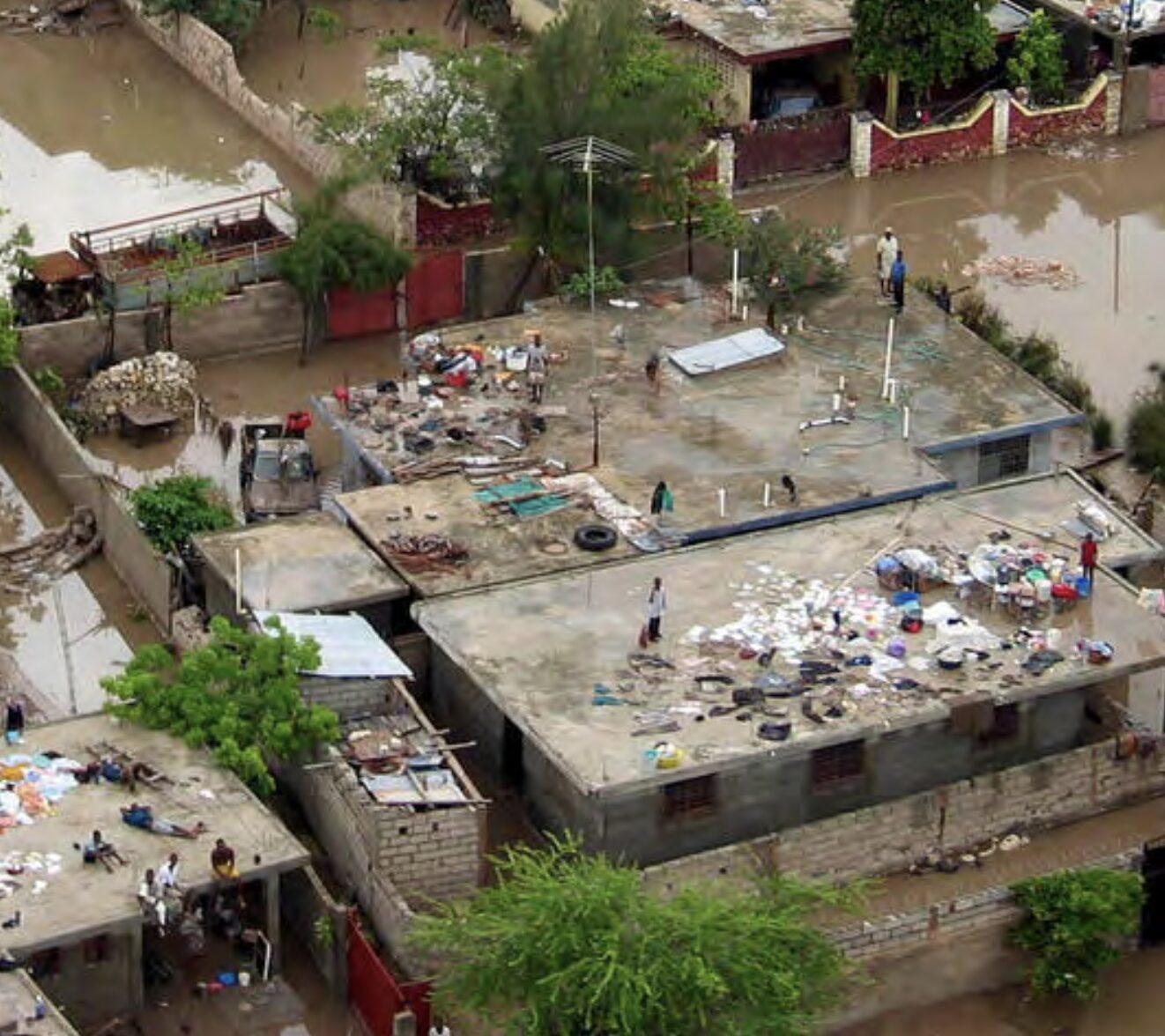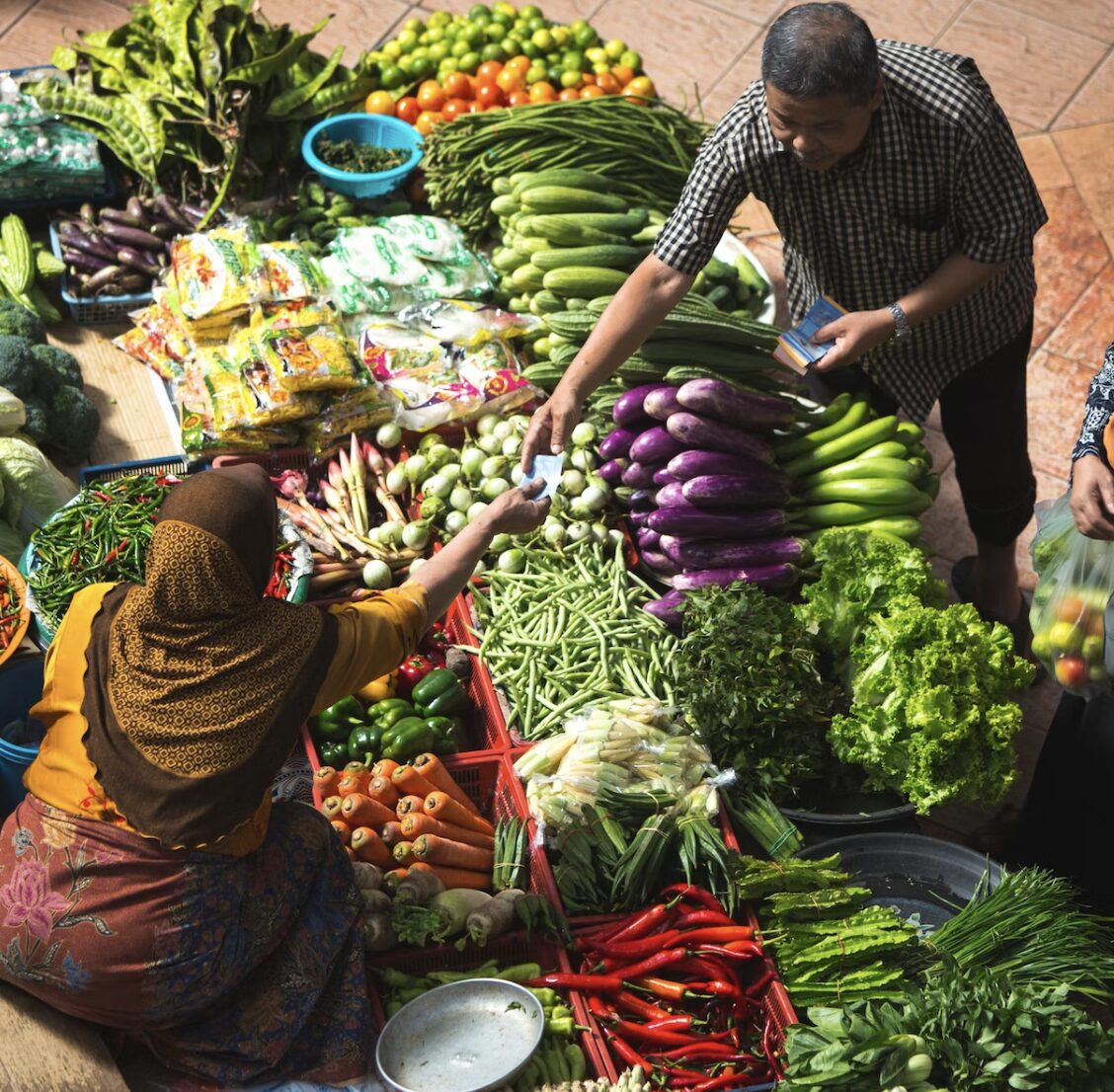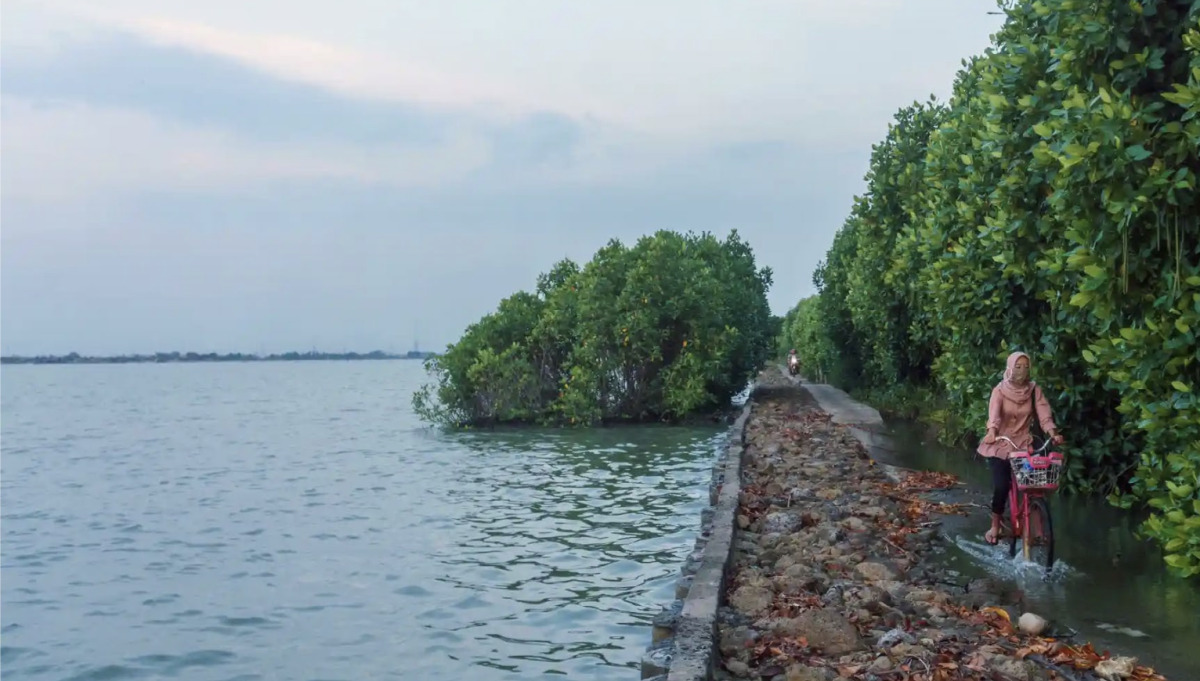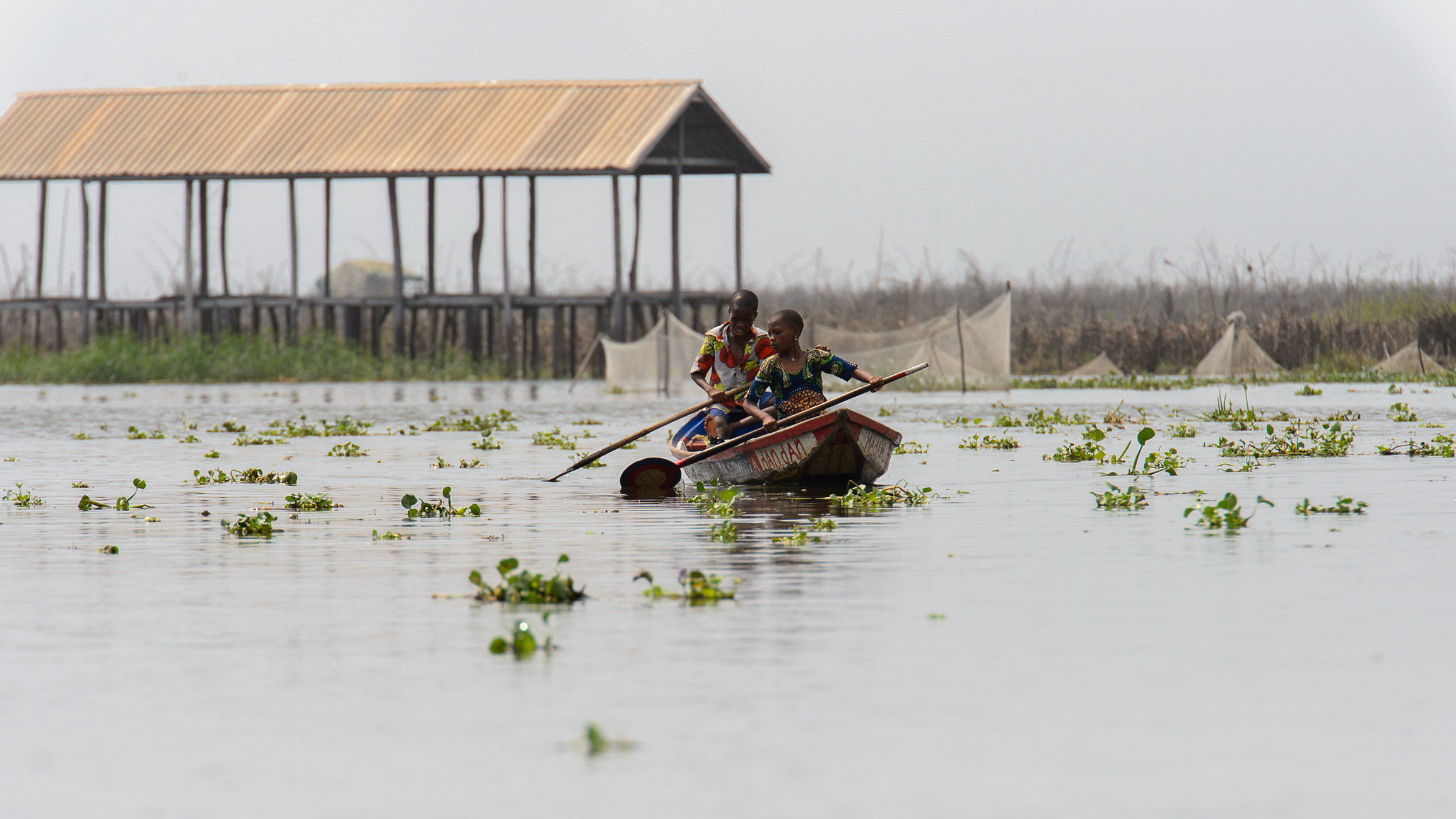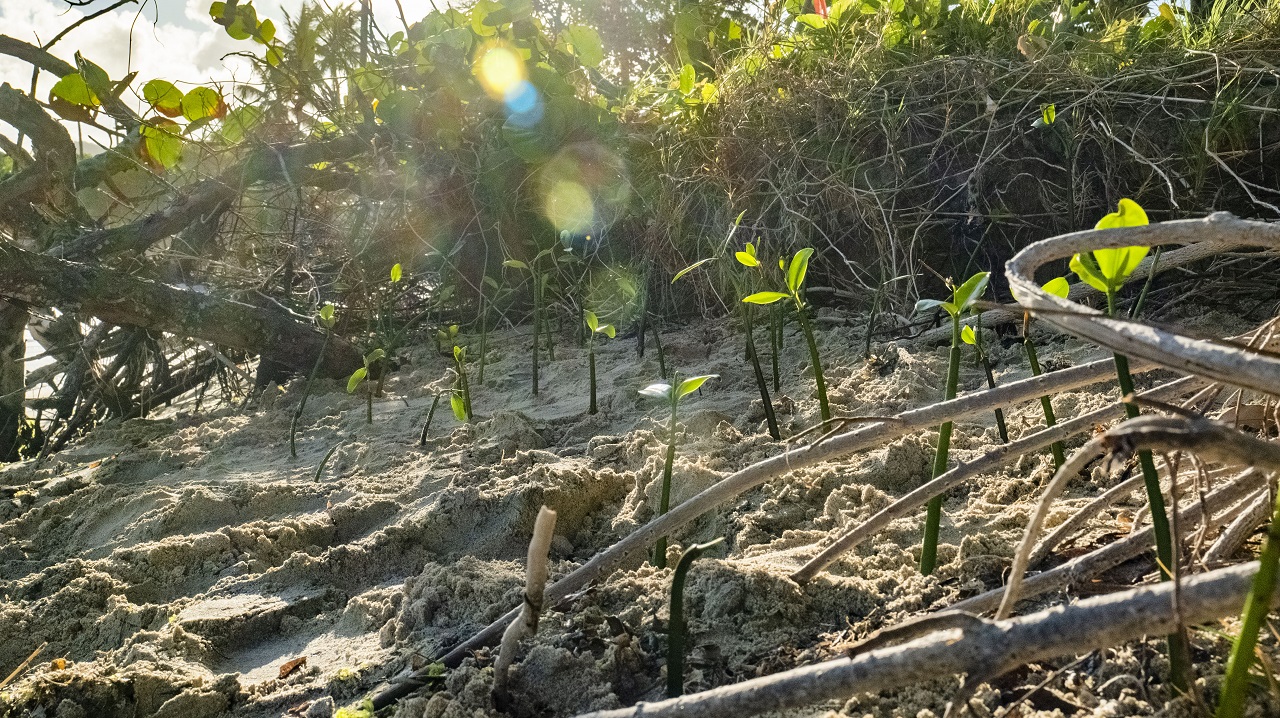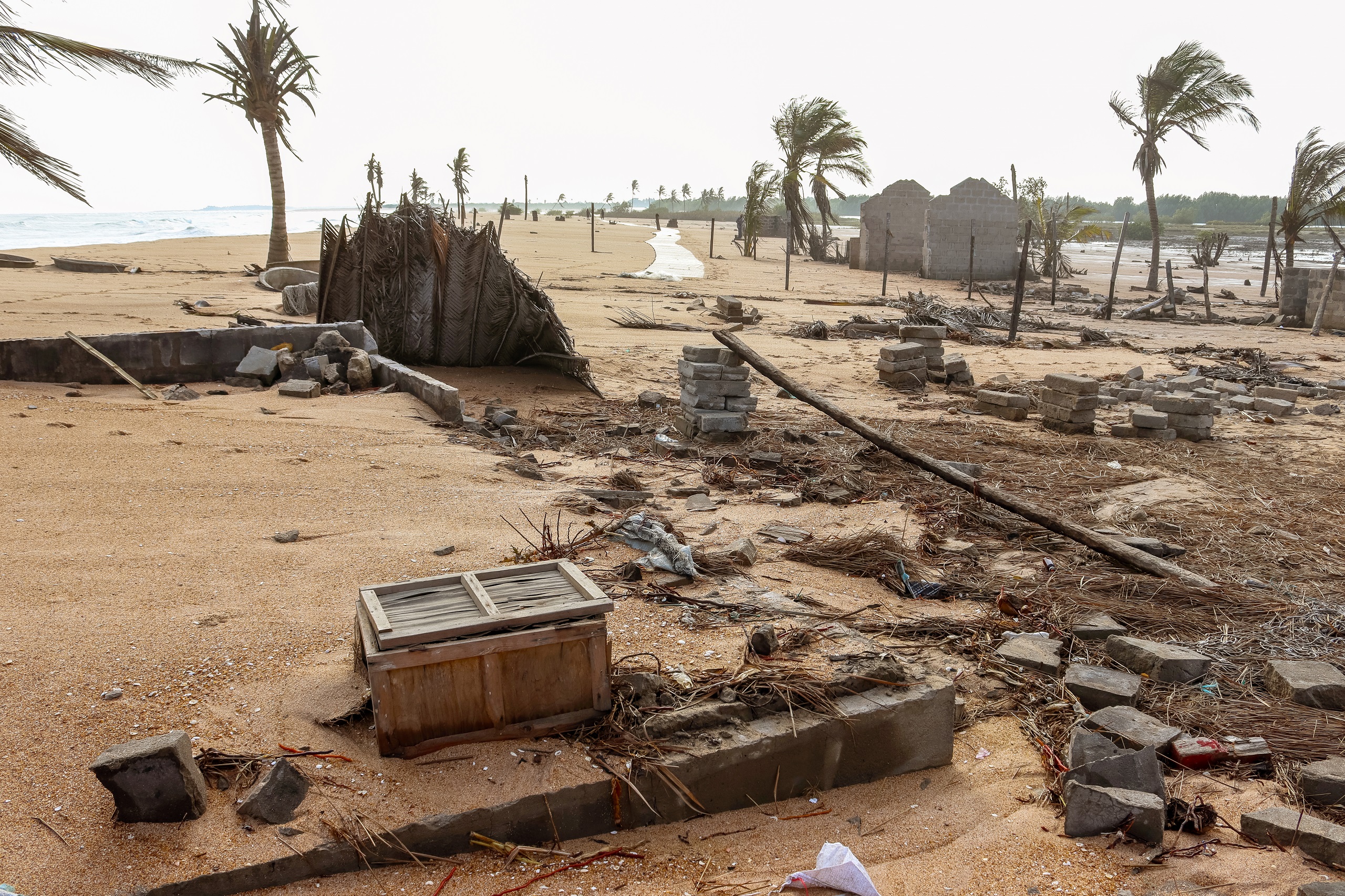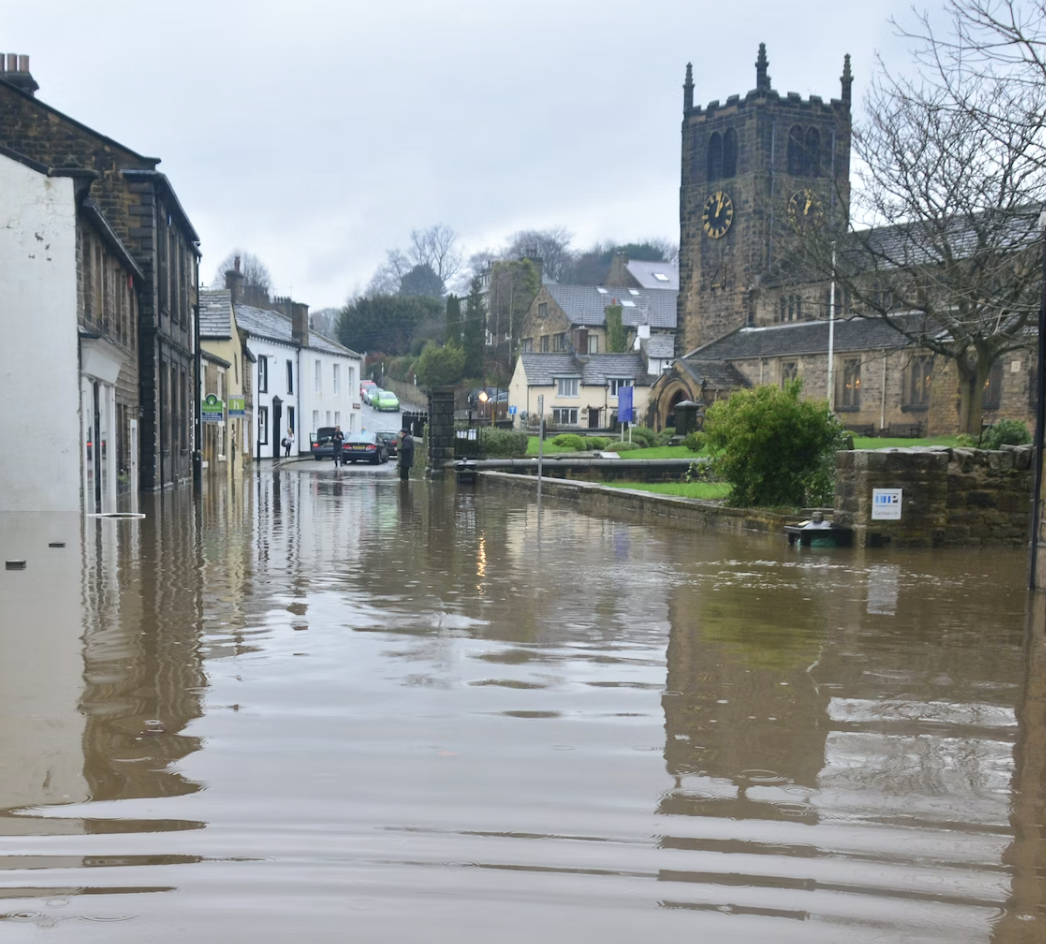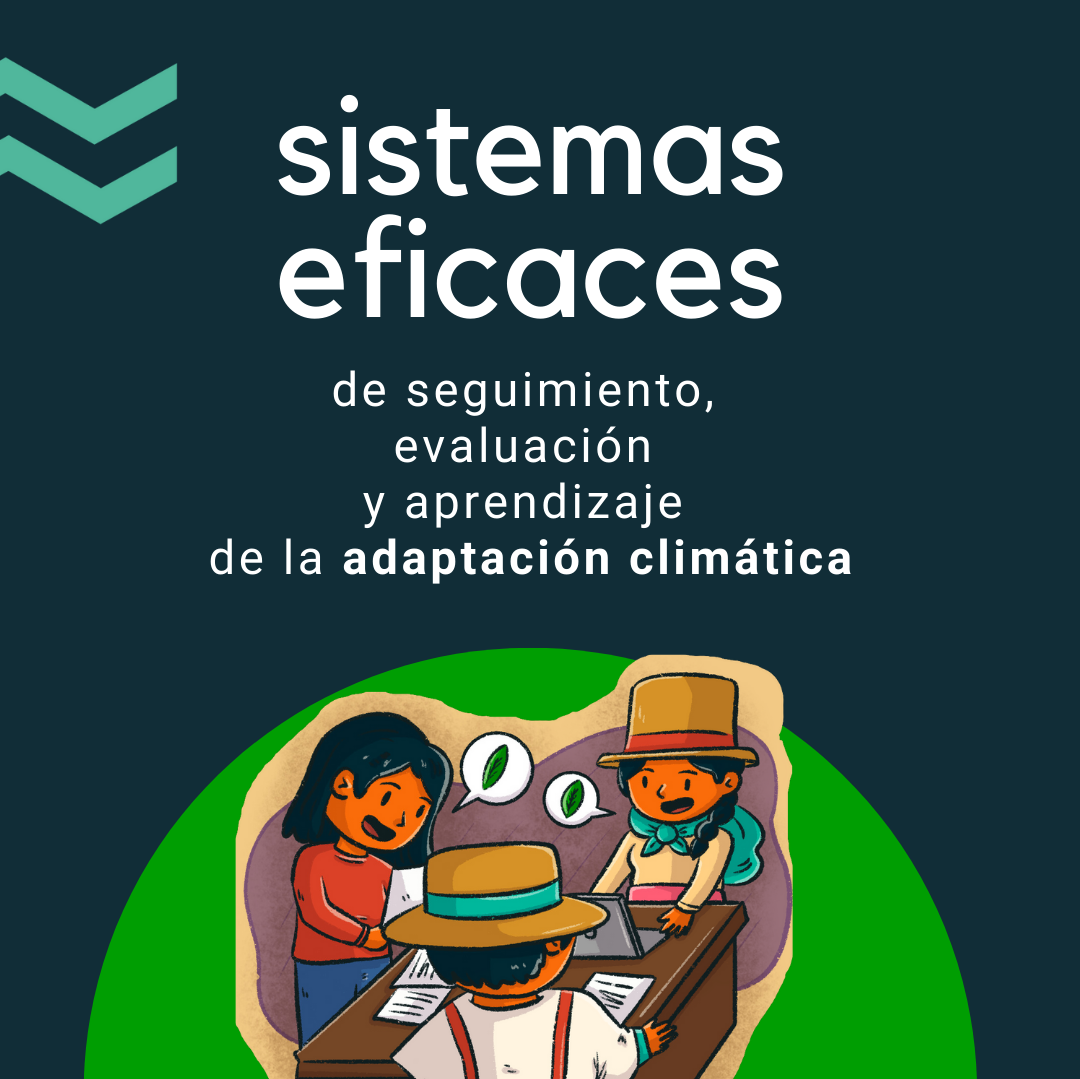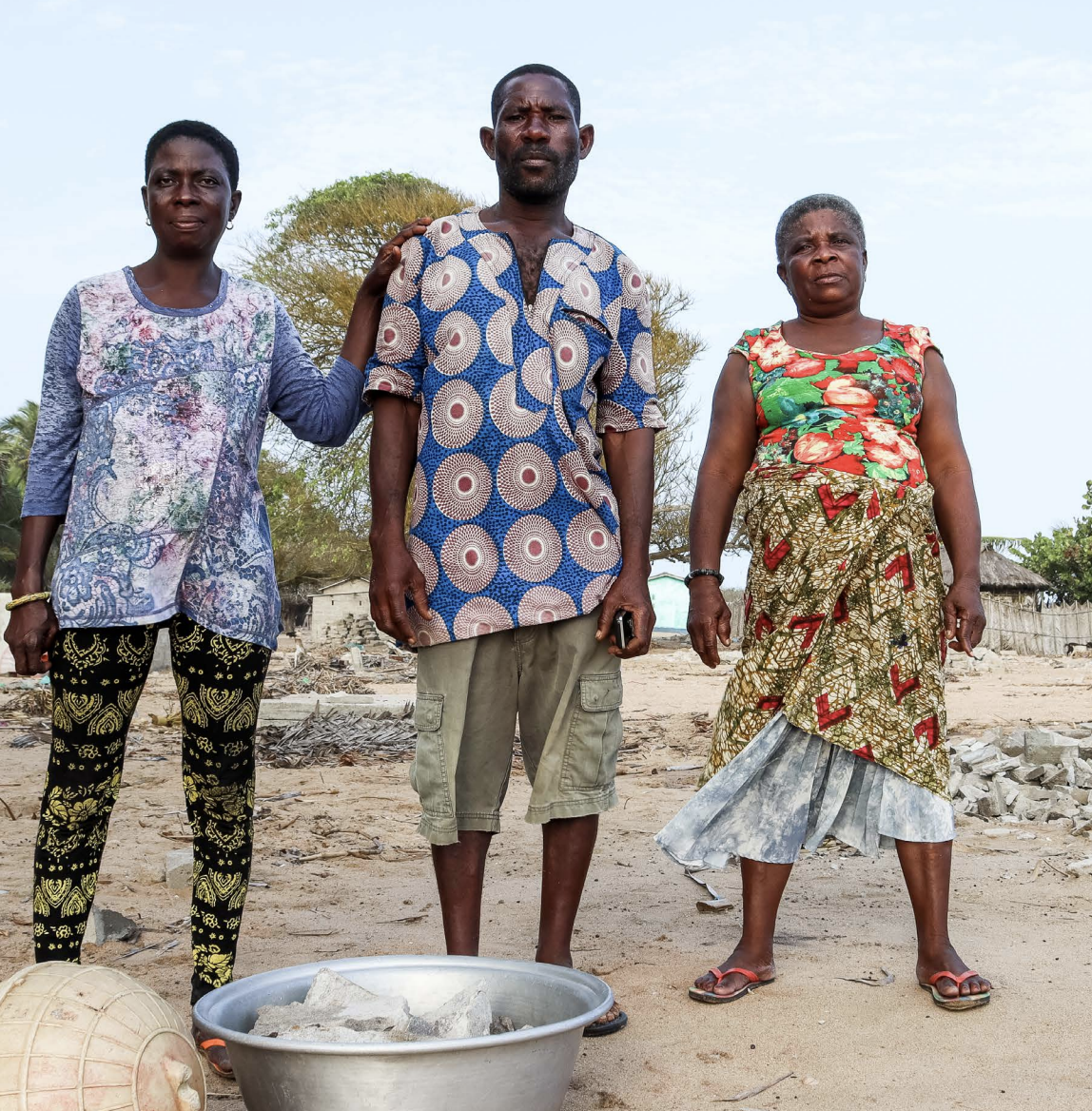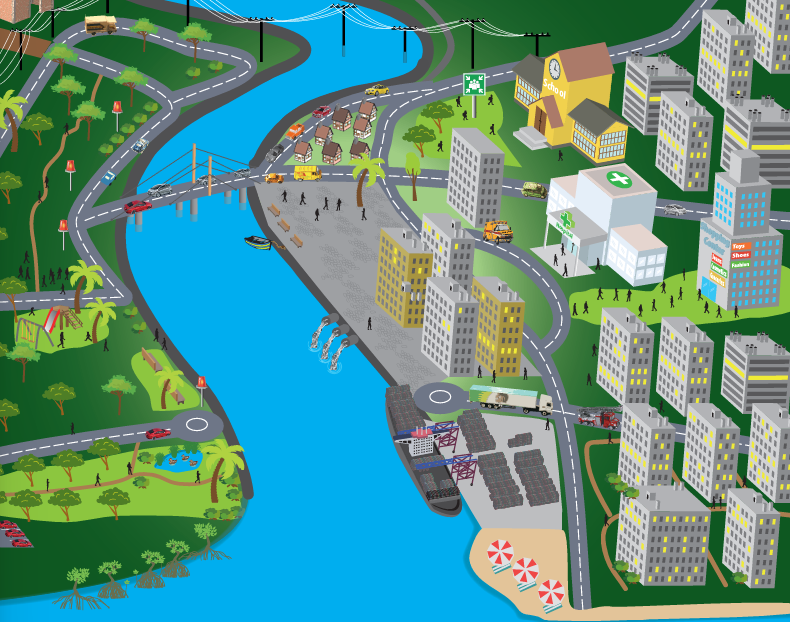Theme
National Adaptation Planning
Designing robust, flexible adaptation strategies for national adaptation plans.
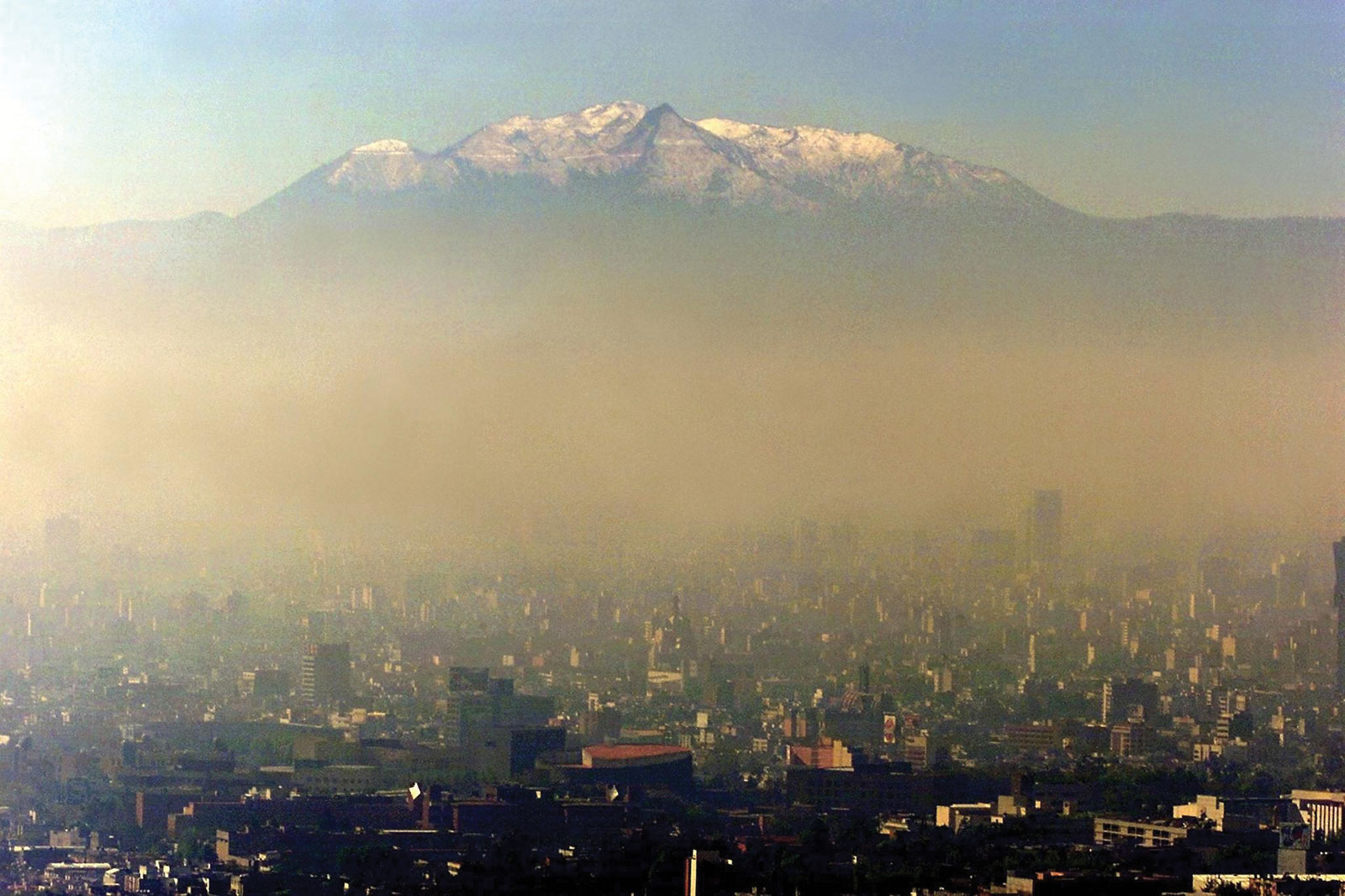
Peace, Conflict, and National Adaptation Plan (NAP) processes
This guidance note provides National Adaptation Plan (NAP) teams with a step-by-step approach for linking climate change, peacebuilding, and conflict dynamics.
Toolkit for engaging the private sector in National Adaptation Plans (NAPs)
This toolkit aims to help governments develop strategies for the effective engagement of private sector actors in the National Adaptation Plan process.
Public Engagement on Climate Change Adaptation: A briefing for developing country National Adaptation Plan teams
This report, jointly prepared by Climate Outreach and the NAP Global Network, provides an introduction to public engagement on climate change adaptation. It makes recommendations for how to make public engagement with climate adaptation inclusive and effective, and how to make links to the Action for Climate Empowerment (ACE) agenda under the UNFCCC and the Paris Agreement.
Maximizing the Impacts of Targeted Gender Analyses for the National Adaptation Plan Process
This briefing note seeks to assess how gender analyses have been used as countries advanced their NAP processes, the changes they contributed to, and the key factors that enabled those changes.
Leveraging the National Adaptation Plan Process for Adaptation Communications
Learn about the opportunities for countries to leverage the results of NAP processes for preparing Adaptation Communications; and making strategic use of AdCom for boosting the profile and visibility of adaptation progress and needs without creating undue additional reporting burden. The report draws on experiences from the NAP Global Network’s support to 22 countries to build on their NAP processes to prepare their first AdComs.
Addressing Loss and Damage: What can we learn from countries’ National Adaptation Plans?
Through a systematic review of National Adaptation Plans documents and interviews with key stakeholders, this report showcases the role NAP processes can play in minimizing and addressing loss and damage.
Progress in Adapting to Climate Change: 2023 Report to Parliament
See key findings and priority recommendations made to the Government of the United Kingdom in March 2023 by the Climate Change Committee in support of the National Adaptation Programme.
Building Effective Monitoring, Evaluation, and Learning Systems for Adaptation Action in the Andes Region
Learn more about NAPs through this series of webinars organized by the Climate Change Resilient Andes covering Bolivia, Ecuador and Peru, also bringing in experience from other regions, giving unique opportunities to exchange experiences, perspectives, and lessons learned on adaptation and MEL.
Gender-Responsive National Adaptation Plan (NAP) Processes: Progress and promising examples
Discover the extent of progress in integrating gender considerations in National Adaptation Plan (NAP) processes, through this systematic review of NAP documents and series of practical examples that illustrate how countries are taking a gender-responsive approach to their NAP processes.
Política Nacional de Adaptación al Cambio Climático de Costa Rica 2018-2030
Esta Política se plantea como marco rector que orientará las acciones del país en materia de adaptación. Nuestro país adquirió el compromiso de formular su Plan Nacional de Adaptación al 2018 en el marco de su Contribución Nacional ante el Acuerdo de París de la Convención Marco de las Naciones Unidas sobre el Cambio Climático en Setiembre del 2015, el cual fue ratificado por la Asamblea Legislativa el 6 de Octubre del 2016.
